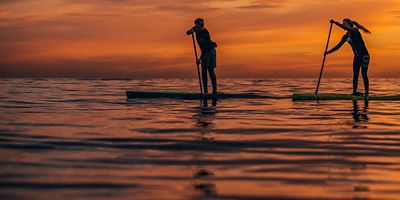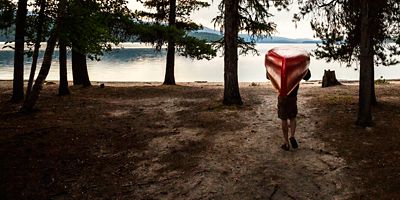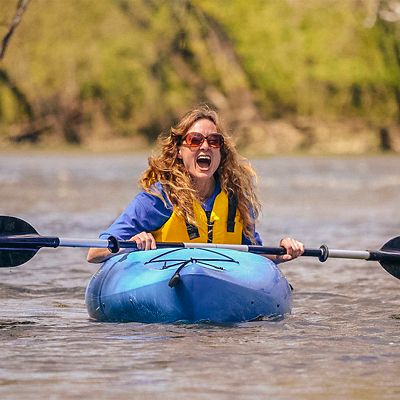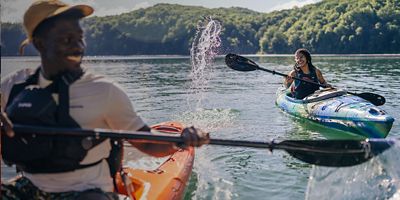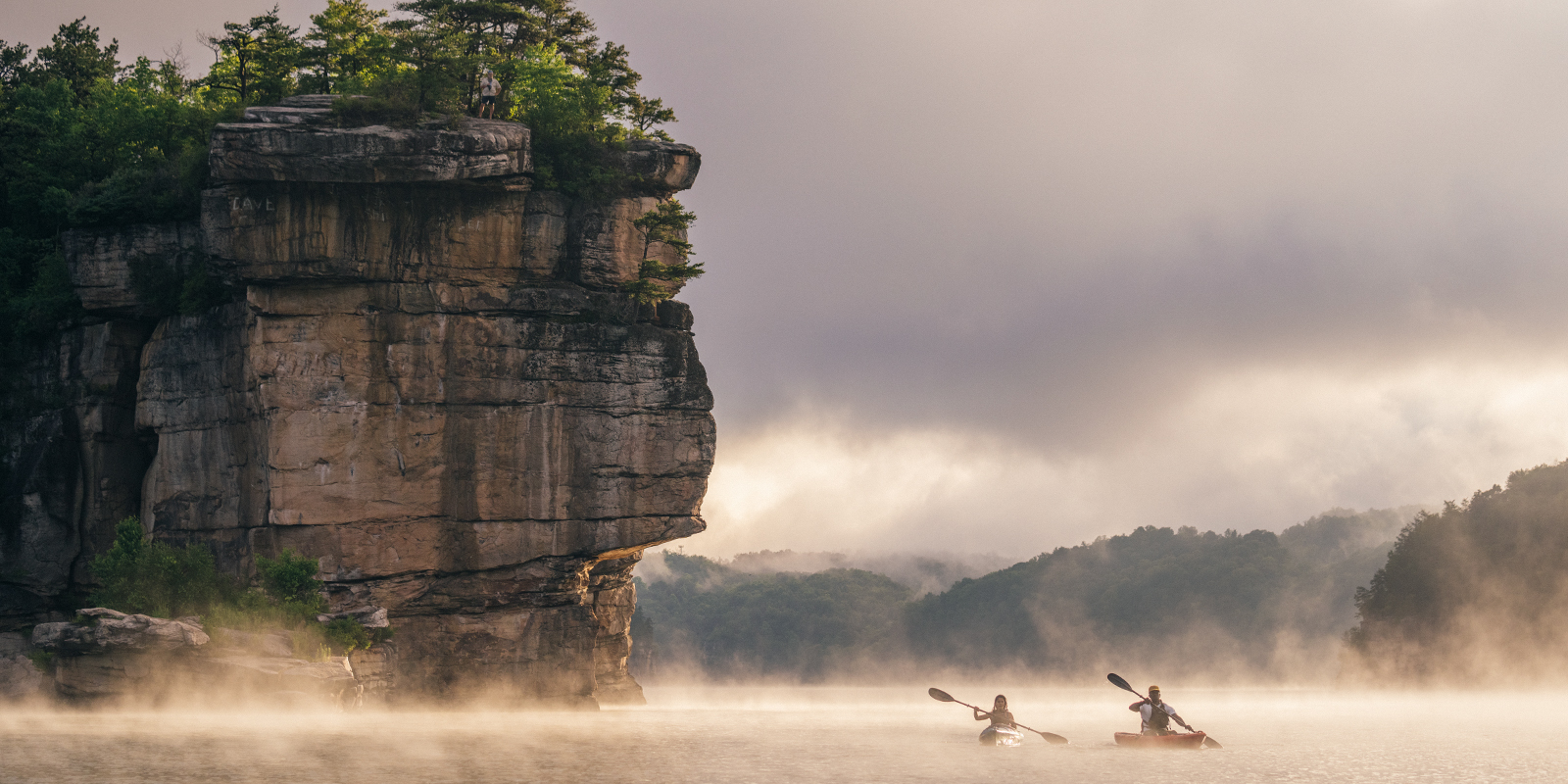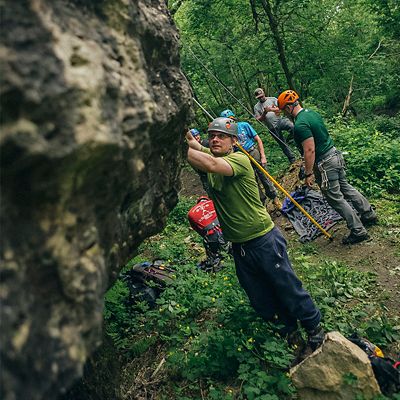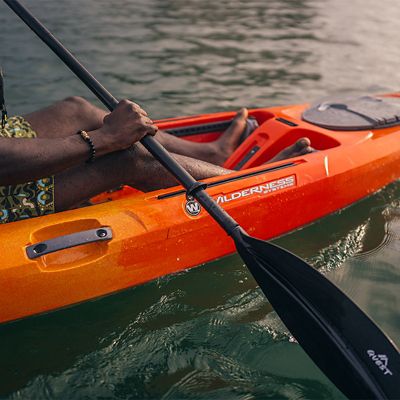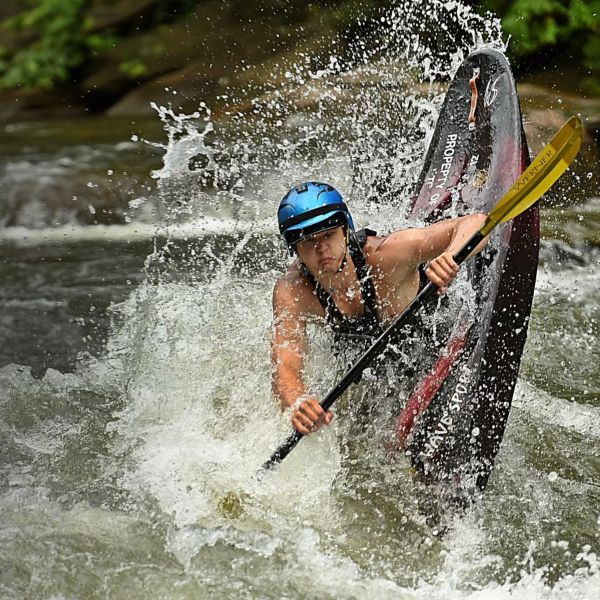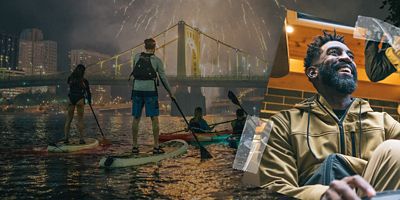Planning a paddling trip? Whether it’s just for an afternoon outing, a weekend overnighter, or even extended to a week-long journey, planning out your route can make it more enjoyable and safer while helping eliminate surprises. While your location, type of craft, and trip length will dictate much of your route-planning efforts (i.e., whether you have to deal with things like portages, tidal currents and different put-ins and takeouts), a little pre-trip preparation will go a long way toward ensuring a successful canoe, kayak, or SUP outing. The following planning fundamentals apply whether you’re heading across a body of water, hopping along coastlines, or launching a downriver excursion.
Research, Research, Research
If you’re new to the region you’re paddling, research where you’re going. There are plenty of online resources that outline recommended routes, permit and camping requirements, and other information. Also, get in touch with your local paddling shop or outfitter for advice, and peruse maps and guidebooks to help plan your route (note: buy each one for your trip). Local paddling clubs in the region are another great resource.
Know Your Put-in and Takeout
It might seem basic, but know where you’re launching and how to get there. The last contingency you want is to get lost and delay your departure, having you running late from the get-go. Also know where your takeout is as well as the return route home once the trip ends. Research driving directions and times.
Consider Distance
Think about how long you want your trip to be—and how far you want to go. In favorable conditions and protected water, about 10 miles a day is appropriate for beginner kayakers and canoeists, which will have you paddling for four to five hours. If there’s wind, plan on that distance taking an hour or two longer. If you’re heading downstream on a river, most flatwater moves around 1 or 2 mph, which will help your progress. Also make sure your trip is realistic for the entire group, and that everyone has the stamina to stick to the itinerary. Better to overestimate than underestimate your paddling time; plan your time on the water around the slowest paddler in your group.
Group Dynamics
Whether it’s just one other person going along or a group of friends, make sure your planned route fits everyone’s goals for the trip. Are you trying for an epic, endurance-filled suffer-fest or just a leisurely cruise, with plenty of time in camp to après at sunset? Do you want to make stops along the way to fish, hike and explore side-streams and lakes, or paddle straight to camp each day? Do you want to schedule a layover day to rest? Make sure everyone agrees on the itinerary before setting out.
Start Big
If you’re on a multi-day trip, don’t plan your biggest paddle for Day One (you’ll be busy driving and rigging), but do plan any big legs of your trip early on in the journey. If you're planning an out-and-back river trip, head upstream first. On a sea or lake tour, knock off your biggest days toward the beginning or middle of your trip. Don’t save the hardest day for last. That way, you can end the trip, pack up and drive home while you still have energy.



